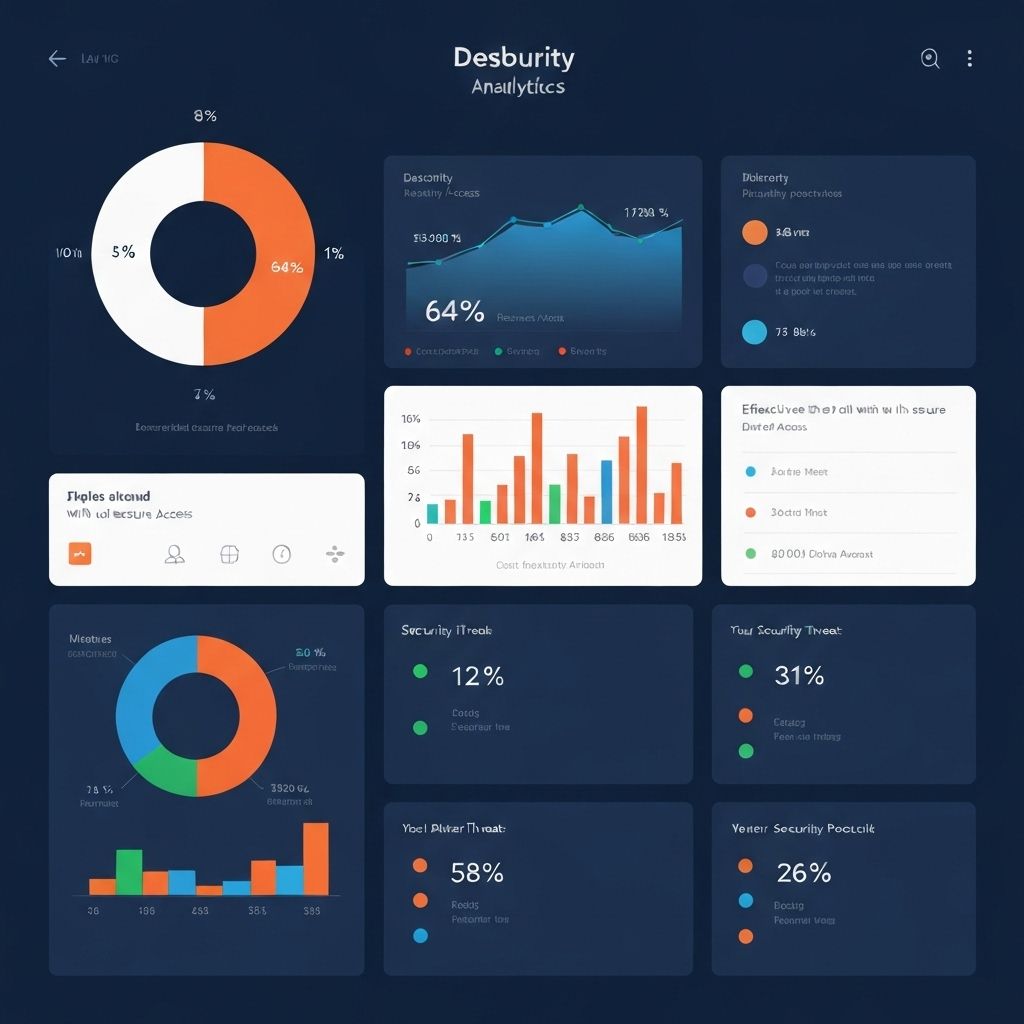Calculating the ROI of Your Security Investment

Investing in a modern security system is a significant decision for any retail business. Understanding the true return on investment (ROI) helps justify the expense and measure success.
Understanding Total Cost of Ownership
Before calculating ROI, you need to understand all costs involved:
Initial Investment
- Hardware (cameras, sensors, servers)
- Software licenses
- Installation and setup
- Staff training
- System integration
Ongoing Costs
- Monthly service fees
- Maintenance and support
- Software updates
- Storage costs
- Staff time for monitoring
Measuring Direct Benefits
Shrinkage Reduction
The most obvious benefit is reduced theft and loss:
- Calculate current annual shrinkage
- Estimate reduction percentage (typically 25-35%)
- Multiply by your average gross margin
- This is your direct annual savings
Example:
- Annual shrinkage: $100,000
- Expected reduction: 30%
- Annual savings: $30,000
Operational Efficiency
AI-powered systems reduce labor costs:
- Fewer hours spent reviewing footage
- Reduced need for dedicated security personnel
- Faster incident resolution
- Automated reporting and analytics
Insurance Benefits
Many insurers offer discounts for advanced security:
- Premium reductions (typically 5-20%)
- Lower deductibles
- Improved claim outcomes
- Reduced liability exposure
Calculating Indirect Benefits
Customer Experience
Better security creates a better shopping environment:
- Increased customer confidence
- Reduced aggressive loss prevention tactics
- Faster checkout processes
- Improved store atmosphere
Employee Safety
A secure workplace benefits your team:
- Reduced workplace violence
- Lower workers' compensation claims
- Improved employee retention
- Better morale and productivity
Legal Protection
Video evidence provides crucial protection:
- Defense against false claims
- Documentation for legal proceedings
- Reduced settlement costs
- Protection against fraudulent returns
The ROI Formula
Here's a simple formula to calculate your security ROI:
ROI = (Total Benefits - Total Costs) / Total Costs × 100
Example Calculation
Costs (Year 1):
- Initial investment: $15,000
- Annual service: $3,600
- Total: $18,600
Benefits (Annual):
- Shrinkage reduction: $30,000
- Labor savings: $8,000
- Insurance discount: $2,000
- Total: $40,000
ROI = ($40,000 - $18,600) / $18,600 × 100 = 115%
This means you'll recover your investment and gain an additional 115% return in the first year alone.
Payback Period
Another useful metric is the payback period – how long until the system pays for itself:
Payback Period = Initial Investment / Annual Net Benefit
Using our example:
- Initial investment: $15,000
- Annual net benefit: $21,400
- Payback period: 0.7 years (about 8.5 months)
Long-Term Value
Don't forget to consider long-term benefits:
Years 2-5
After the initial investment, ongoing costs are much lower:
- Only service fees and maintenance
- Continued shrinkage reduction
- Accumulated operational efficiencies
- Compounding benefits from data insights
System Longevity
Modern AI-powered systems typically last 5-7 years:
- Software updates extend functionality
- Cloud-based systems avoid obsolescence
- Scalable architecture grows with your business
- Continuous improvement through machine learning
Making the Decision
When evaluating security investments, consider:
- Current Losses: Higher shrinkage means faster ROI
- Business Size: Larger operations see proportionally greater benefits
- Industry Risk: High-theft categories benefit most
- Growth Plans: Scalable systems support expansion
- Competitive Advantage: Better security can be a differentiator
Conclusion
While the upfront cost of an AI-powered security system may seem significant, the ROI typically justifies the investment within the first year. When you factor in reduced shrinkage, operational efficiencies, and long-term benefits, the decision becomes clear.
The question isn't whether you can afford to invest in modern security – it's whether you can afford not to.